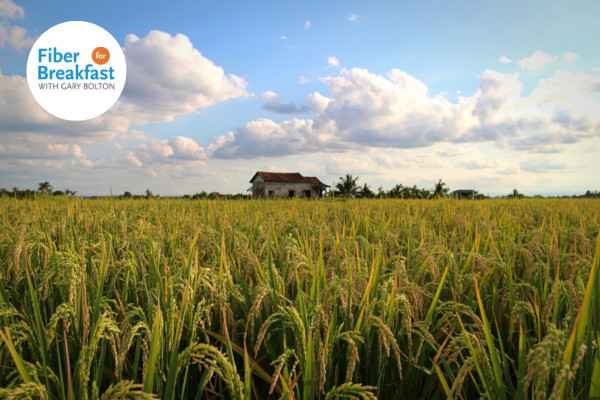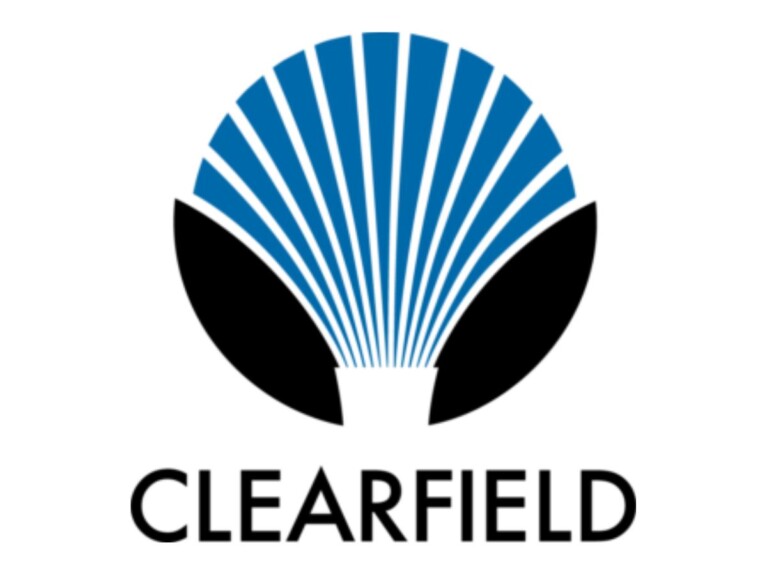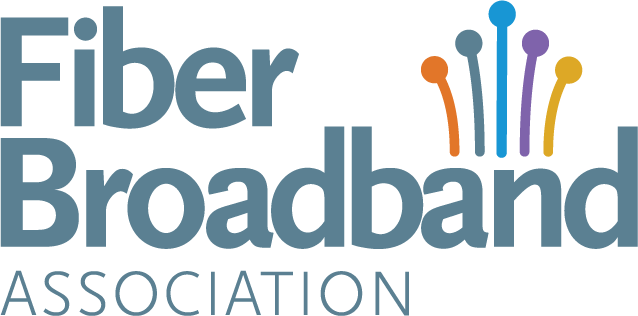Where Do We Go From Here? North American Broadband Deployment Trends
Where Do We Go From Here? North American Broadband Deployment Trends
This week on Fiber for Breakfast, Jeff Heynen, Vice President, Dell’Oro Group, covering Broadband Access and Home Networking, shared some of his latest research from Q4 2024. From an equipment perspective, he covers how things are going in the North American market. Especially through 2024, fixed wireless is having an impact on cable dominance and fiber continues to eat away at cable market share as well.
Watch the full Fiber for Breakfast episode here.
Download the full set of slides from Dell’Oro here.
Key Market Trends
Heynen started off the conversation with a set of informative slides. He stated, “even though overall fiber equipment spending has slowed from their peak in 2022, which was bound to happen at some point, we’re still seeing steady annual growth.” “New, unique home passings are expected throughout our forecast period and throughout the end of the decade,” he added.
Additional trends covered:
- Fiber delivering tangible cost savings
- Central office consolidation and/or re-purposing
- Copper network switch-off results in considerable opex savings
- DOCSIS 4.0 upgrades temporarily slowed
- Consensus among tier 1’s on unified approach and chips pushes product availability to 2H25
- Focus on buildouts incorporating reliability and uptime, as opposed to raw speed
- Downstream consumption growth slowing; upstream consumption growth still high
- Edge compute functions in platforms and CPE to improve network uptime and reliability
Heynen went on to say that take rates are pushing 45% or more in some markets and even higher in other markets. He explained, “That’s a significant percentage of take rate, which you know, on average, we typically assume around a 30% take rate makes a deployment successful, but where fiber is deployed, it typically achieves that 45% threshold fairly quickly.”
Fiber Subscribers Eroding Cable’s Share
According to his research, by 2029, fiber subscribers are expected to be 33% of all broadband subs and cable’s market share decreases from 62% to 53%. Fixed Wireless Access (FWA) peaks at about 13% and LEOS broadband subscribers will be 2-4% of the total. Heynen explained that some forecast subscriber numbers have shown that cable share remains a bit higher, but that he’s forecasting a higher percentage of fiber over building – even by Management Services Organizations (MSOs) that will feed into additional fiber deployments by cable operators in markets. He added, “Certainly where they have competition, or even in markets where a DOCSIS 4.0 upgrade because of the number of amps or the age of the amplifiers or condition of the coaxial cable doesn’t make economic sense, they end up over building fiber.”
Challenging Year for Equipment Providers
Research showed that there’s no doubt that 2024 was a very challenging year for equipment vendors. 2022 – 2023 there was a tremendous amount of purchasing, and maybe over purchasing on the part of many operators which turned 2024 into a year where they were working through that excess inventory. They are, however, seeing that inventory levels among operators have reached stabilization and that the industry is returning to normal purchase patterns.
Convergence is the Name of the Game
As it turns out, for cable operators, convergence is really becoming the name of the game, according to Heynen. The cable operators are hopeful as they continue to build out these distributed access networks, upgrading to DOCSIS 3.0, or DOCSIS 4.0 to improve both the upstream speeds and downstream speeds. They are also able to sign up these broadband subscribers to mobile services, where they’re hoping there’s a resumption in broadband subscriber growth beginning in 2026.




